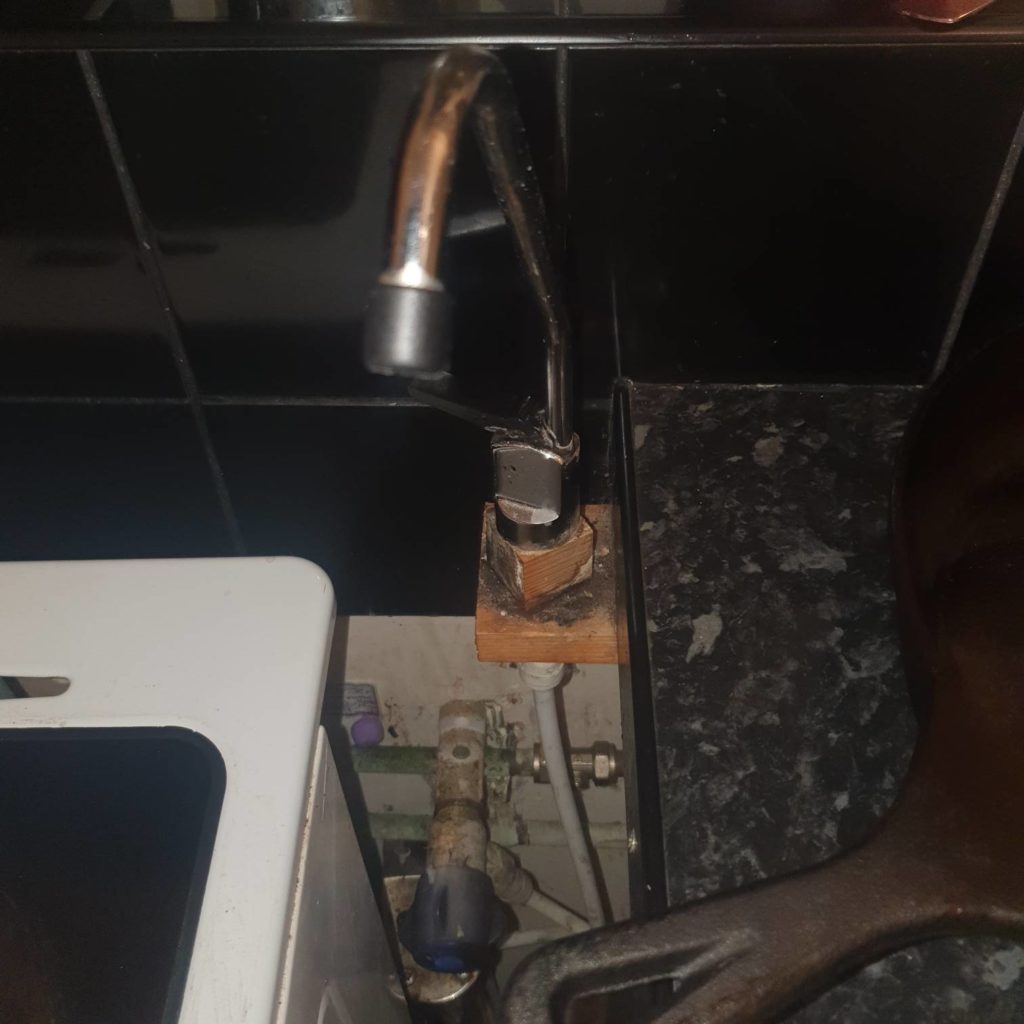Low water pressure can be frustrating, causing difficulties in everyday tasks such as showering, washing dishes, or even watering plants. However, with a little troubleshooting, you can often resolve the issue without the need for professional assistance. In this guide, we will outline some common causes of low water pressure and provide step-by-step solutions to help you restore adequate water pressure in your home.
Check for a System-Wide Issue
Before delving into specific areas, it’s important to determine whether the low water pressure is affecting the entire house or just certain fixtures. Start by turning on multiple faucets or showers simultaneously. If the pressure is consistently low across various locations, the issue is likely with the main water supply or distribution system.
Verify the Shut-Off Valves
Inspect the main shut-off valve and individual shut-off valves near sinks, toilets, and appliances. Ensure they are fully open. Over time, these valves can become partially closed, limiting water flow. If any valves are not fully open, turn them counterclockwise until they are fully open.
Examine Pressure Regulator
Pressure regulators are typically installed near the main water line’s entry point into your home. These devices help regulate water pressure to prevent damage to plumbing fixtures. If the pressure regulator is malfunctioning or set too low, it can cause reduced water pressure. Consider contacting a professional plumber to inspect and adjust the regulator if necessary.
Check for Leaks
Water leaks can significantly impact water pressure. Inspect visible pipes, faucets, and fixtures for any signs of leaks, such as dripping water or water stains. If you find a leak, repair or replace the affected component as soon as possible. Even small leaks can contribute to a decrease in water pressure.

Clean or Replace Aerators
Mineral deposits and debris can accumulate in faucet aerators, leading to restricted water flow. Unscrew the aerators from the affected faucets and soak them in vinegar for a few hours to dissolve any deposits. Rinse the aerators thoroughly and reinstall them. If the issue persists, consider replacing the aerators.
Inspect Showerheads and Faucet Cartridges
Similar to aerators, mineral deposits can accumulate within showerheads and faucet cartridges. Remove the showerheads and faucet cartridges and soak them in vinegar overnight. Scrub away any remaining deposits with a brush and reinstall the components. If the problem persists, consider replacing the showerheads or faucet cartridges.
Address Pipe Obstructions
Over time, pipes can become obstructed by mineral deposits, rust, or debris. To address this, shut off the water supply to your home and open all faucets to drain any remaining water. Locate the affected pipes and try using a pipe snake or plumbing auger to dislodge the obstructions. If the issue persists, contact a professional plumber for assistance.
Consult with a Professional
If you have tried the above steps and the low water pressure issue persists, it may be time to consult with a professional plumber. They have the expertise and specialised tools to identify and resolve complex plumbing problems. A professional can assess your entire plumbing system, identify the root cause, and provide appropriate solutions to restore adequate water pressure.
Conclusion
Resolving low water pressure in your home can often be accomplished through a series of troubleshooting steps. Start by checking for system-wide issues and verifying shut-off valves. Inspect pressure regulators, look for leaks, clean or replace aerators, showerheads, and faucet cartridges. If needed, address pipe obstructions. If all else fails, consult with a professional plumber who can provide specialized assistance. By following these steps, you can improve the water pressure in your home and enjoy a more convenient and efficient water supply system.
